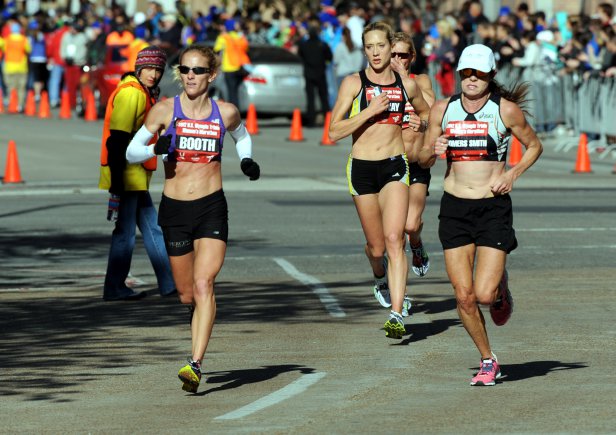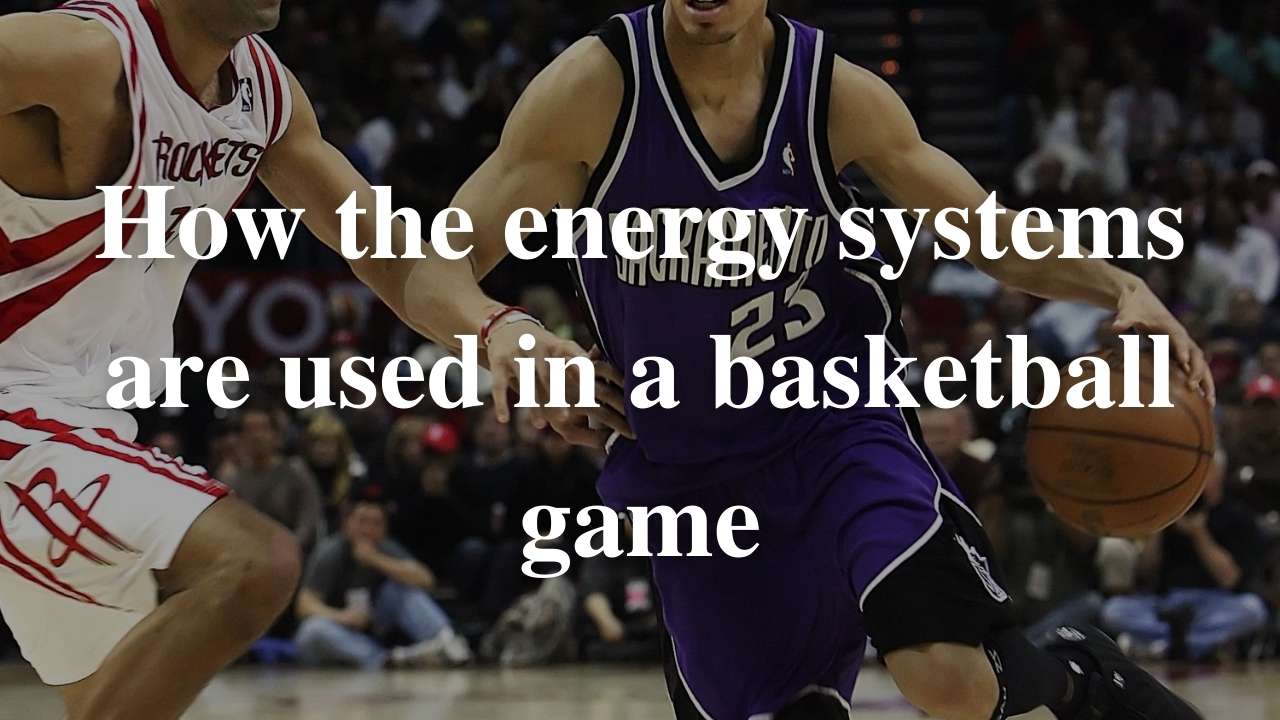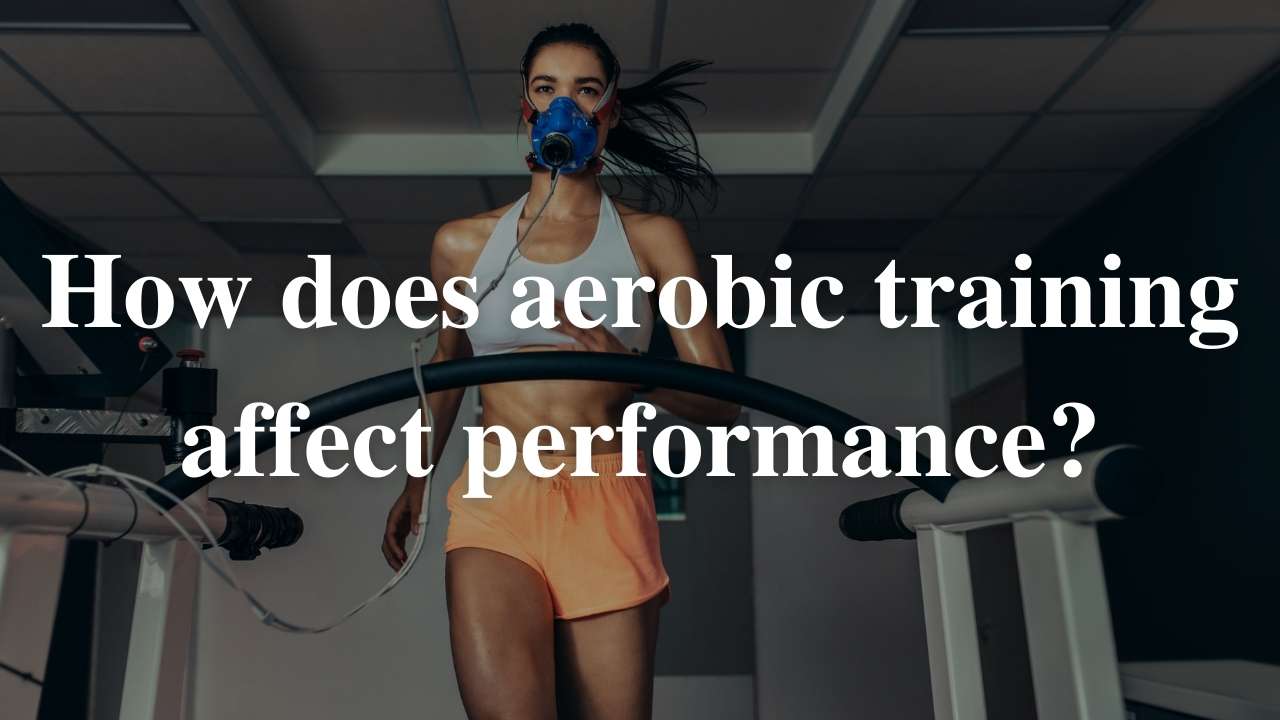The relationship between progressive overload and physiological adaptation is part of the learn to dot point in Factors Affecting Performance:
- examine the relationship between the principles of training, physiological adaptations and improved performance
Progressive overload is one of the principles of training and is required in training because of physiological adaptations.
When an athlete is training for a marathon and begins by running 10Km in and hour with a heart rate around 75% maximum. Their body will begin to adapt. These physiological adaptions include:
- increased stroke volume
- increased cardiac output
- increased haemoglobin
- increased aerobic enzymes
- increased capillary density in aerobic leg muscles
It is theses physiological adaptations that force the trainer to adapt the training intensity. The athlete begins to progress and now can run 20Km in 1.5 hrs with a heart rate around 70% maximum. This is because the body has adapted to become more efficient in delivering oxygen to the muscles that require it.
The reason the body has caused the physiological adaptations is because the body has begun to do activity that requires these adaptations. Once the training has been adapted to, it will no longer cause further physiological adaptations. The training must be more than what the body is used to and occur frequently enough that the body decides it needs to make changes in order to cope with the physical demands of the training.
The relationship between progressive overload and physiological adaptation then is that the adaptation means adjustments in training intensity are needed in order to produce further adaptations. Each adaptation makes it easier to train at the original intensity, so it must be increased in order to cause further improvements in performance.
With further increases in intensity (the principal of progressive overload) further increases in adaptations such as: stroke volume, haemoglobin levels, myoglobin levels, and aerobic enzyme activity.
Together the physiological adaptations and the progressive overload spiral around in circles bringing the athlete up to higher levels of performance. This is the relationship between progressive overload and physiological adaptation.






